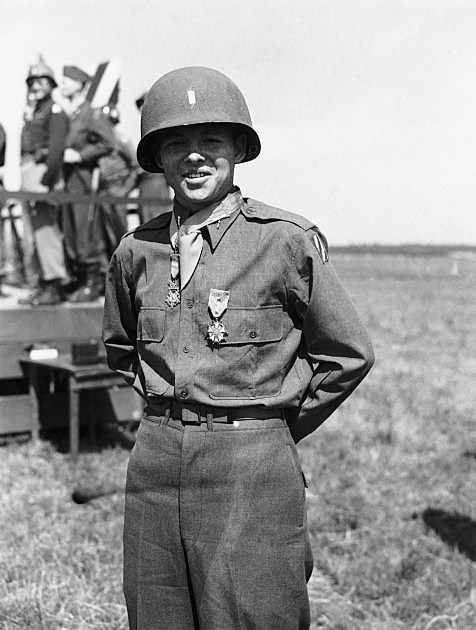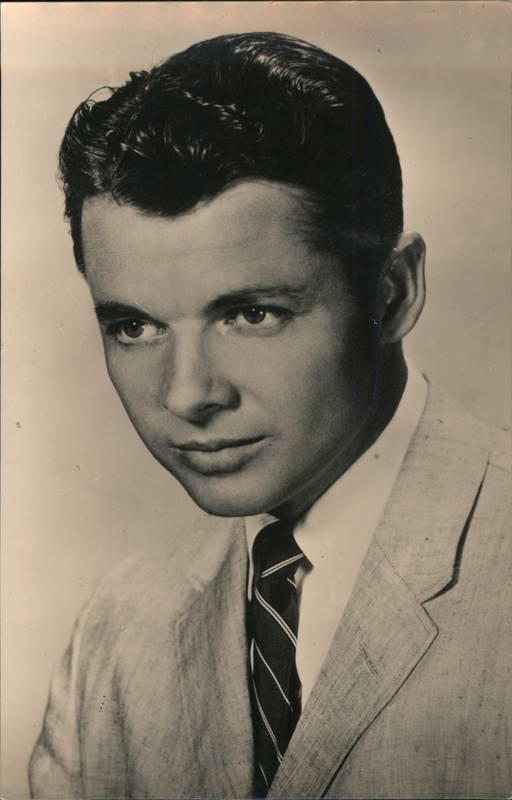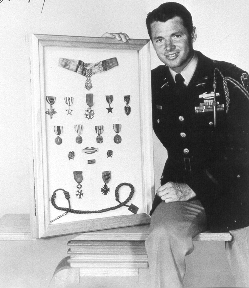America's Most Decorated Soldier of WWI Revealed

Background on Alvin York

Alvin Cullum York, born on December 13, 1887, in Pall Mall, Tennessee, grew up in a log cabin with a large family that struggled with poverty. Despite early adversities, he emerged from humble beginnings to become America’s most celebrated hero of World War I.
York’s early life was marked by hardship; his family’s meager income from farming meant education was a luxury. Dropping out after the third grade, he worked as a farmer and laborer. Known for his strength and skill with a rifle, York was also recognized for his rowdy lifestyle, engaging in drinking and fighting until his spiritual awakening.
In 1915, a transformative event occurred when York attended a revival meeting and subsequently converted to Christianity. His newfound faith led him to become a pacifist, believing in a non-violent life.
Early Life in Tennessee

🧑🌾 Note: York was raised in rural Tennessee where traditional values were deeply ingrained.
- Family Life: York came from a large family of 11 children. His upbringing taught him the importance of hard work and resilience.
- Education: Education was limited; York completed only third grade, and illiteracy was common in his community.
- Community: Life in the hills and hollers of Fentress County was centered around farming, hunting, and a strong sense of community.
- Religion: His conversion to Christianity was a turning point, leading to his conflict with military service.
Religious Transformation and Dilemma

York’s conversion to Christianity presented a moral dilemma when he was drafted into the U.S. Army in November 1917. His religious convictions clashed with the military’s expectations, creating tension:
- Moral Conflict: York believed that killing was a sin, a stark contrast to the duties of a soldier.
- Confrontation with Authority: He sought an exemption on religious grounds, but his request was denied by the draft board.
- Spiritual Guidance: With the help of his pastor and after much prayer, York found a way to reconcile his faith with his duty to country.
The U.S. Army made arrangements for him to serve as a cook, avoiding combat, but this solution was short-lived.
York's Military Training

Upon joining the 82nd Division, York underwent rigorous training:
- Basic Training: York excelled in marksmanship, utilizing his skills as a backwoods hunter.
- Non-combat Role: Initially assigned as a cook, he was later reassigned to combat duty.
- Physical and Mental Conditioning: His training focused on both physical fitness and discipline, preparing him for the realities of war.
The Battle of Meuse-Argonne

On October 8, 1918, during the Meuse-Argonne Offensive, York led a small group of soldiers to capture a German machine gun position:
- Initial Attack: York and his squad aimed to flank the German lines, capturing many machine gun nests.
- Courage Under Fire: When the squad was pinned down by enemy fire, York single-handedly eliminated the threat, killing several German soldiers and capturing 132 prisoners.
Here’s a table summarizing key details of the Battle of Meuse-Argonne:
| Date | Location | Result |
|---|---|---|
| October 8, 1918 | Meuse-Argonne, France | York captures 132 prisoners |

Recognition and Aftermath

York’s bravery earned him numerous accolades:
- Medals: He was awarded the Medal of Honor, the French Croix de Guerre with Palm, and the Italian War Cross.
- Public Recognition: His exploits were celebrated back home, making him a symbol of American heroism.
- Legacy: York became an icon, inspiring countless books, movies, and memorials.
Life After War

Returning from the war, York grappled with fame and the responsibilities that came with it:
- Adjusting to Peace: York struggled to return to normalcy, facing financial difficulties and adapting to civilian life.
- Educational Efforts: He used his fame to establish a school in Tennessee, the Alvin C. York Institute.
- Public Appearances: York often spoke at various events, sharing his story to inspire others.
✅ Note: York's life after the war was dedicated to education and community improvement.
In summary, Alvin York’s journey from a rural Tennessee farmer to a war hero of unimaginable valor encapsulates the American spirit of resilience, honor, and sacrifice. His life story, one of faith, duty, and service, continues to resonate with people globally, serving as a powerful reminder of the potential for transformation and heroism in every individual. His legacy is etched in the annals of history, not just for his military service but for his impact on his community and the generations that followed.
Why did Alvin York’s religious beliefs conflict with his military service?

+
York’s conversion to Christianity instilled in him pacifist beliefs, making him opposed to killing, a direct contradiction to his duty as a soldier in WWI.
What was the impact of York’s heroism on the war?

+
York’s actions at the Battle of Meuse-Argonne helped secure a critical breakthrough, contributing to the eventual Armistice agreement.
How did Alvin York use his fame after the war?

+
York channeled his fame into educational initiatives, establishing the Alvin C. York Institute to provide education opportunities for local children.
Related Terms:
- audie murphy kelahiran
- audie murphy meninggal
- audie murphy kingston texas amerika
- audie murphy virginia devore murphy
- audie murphy john berry
- audie murphy scott turner



